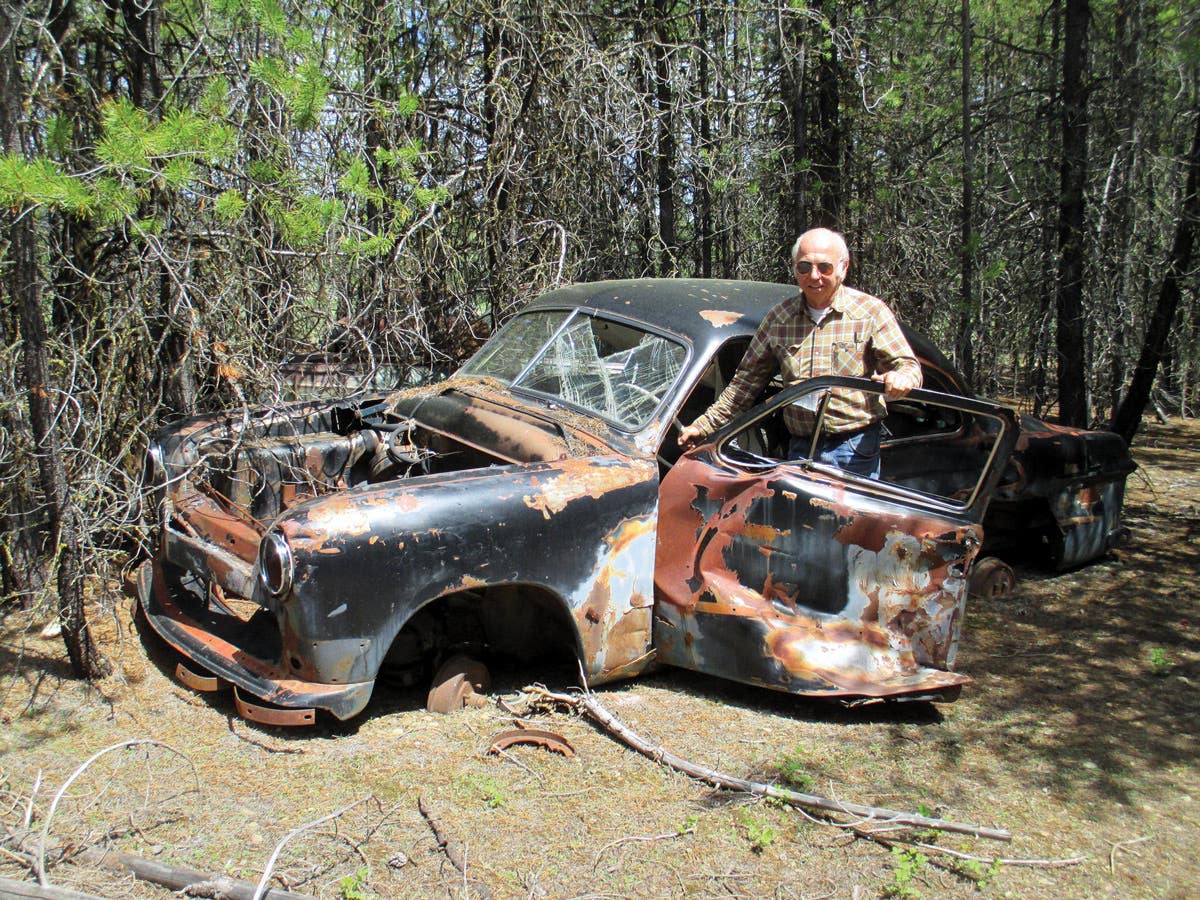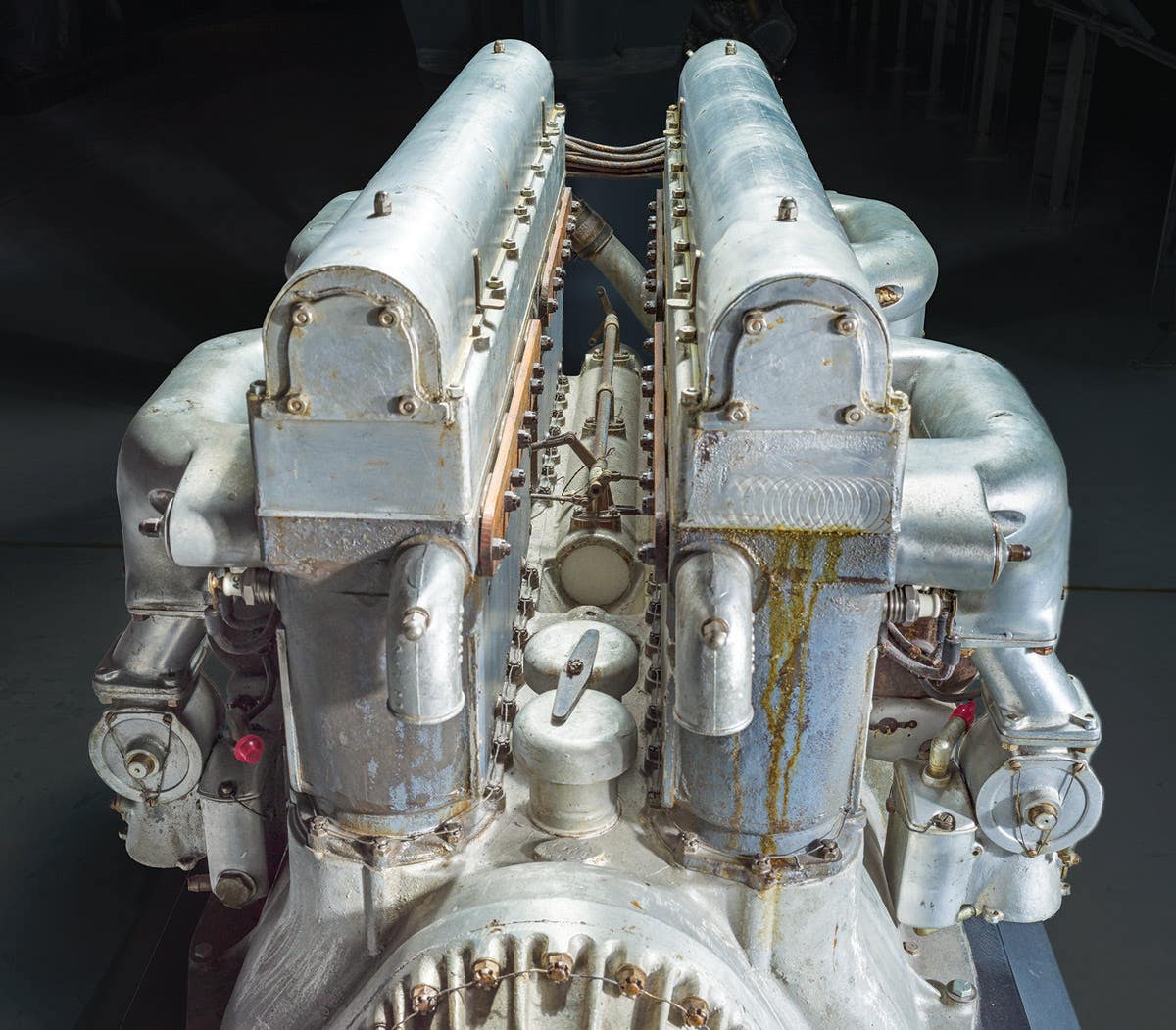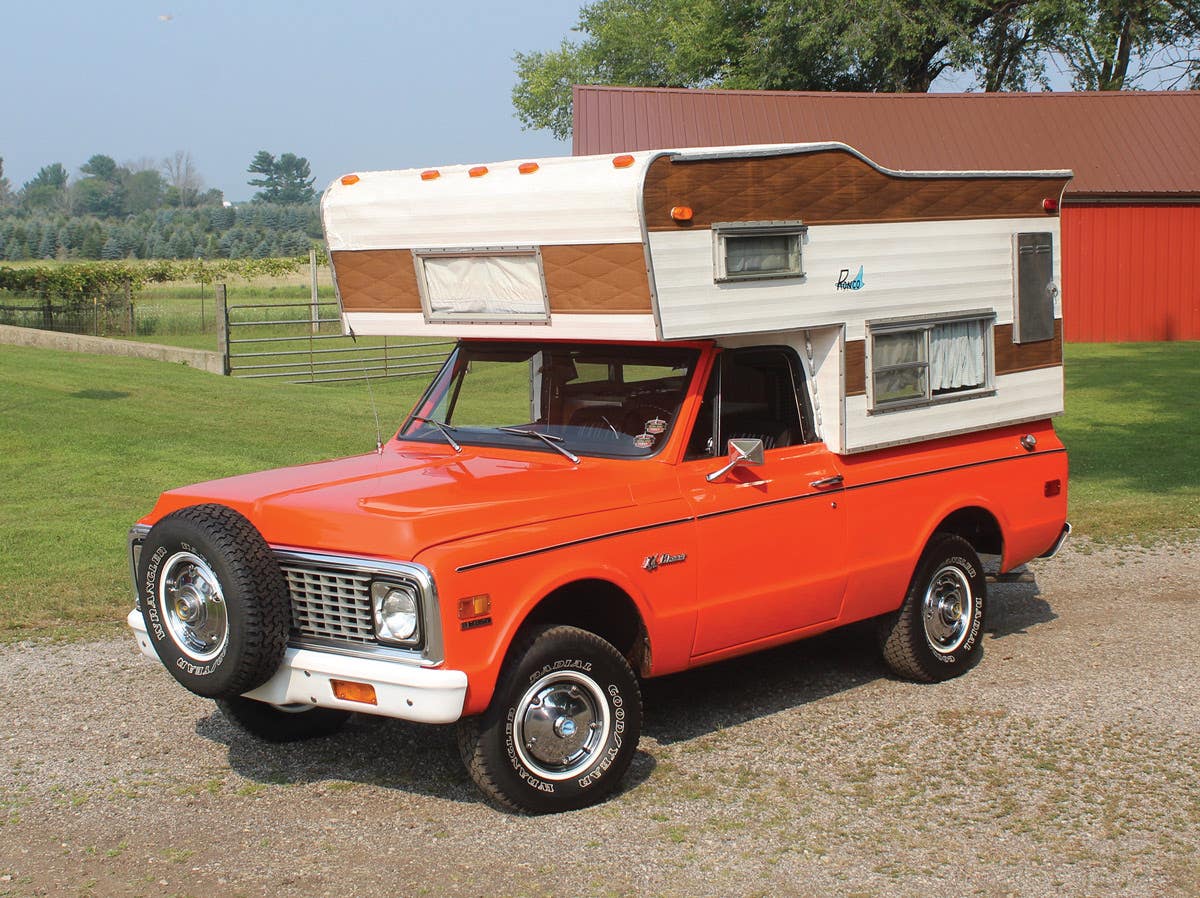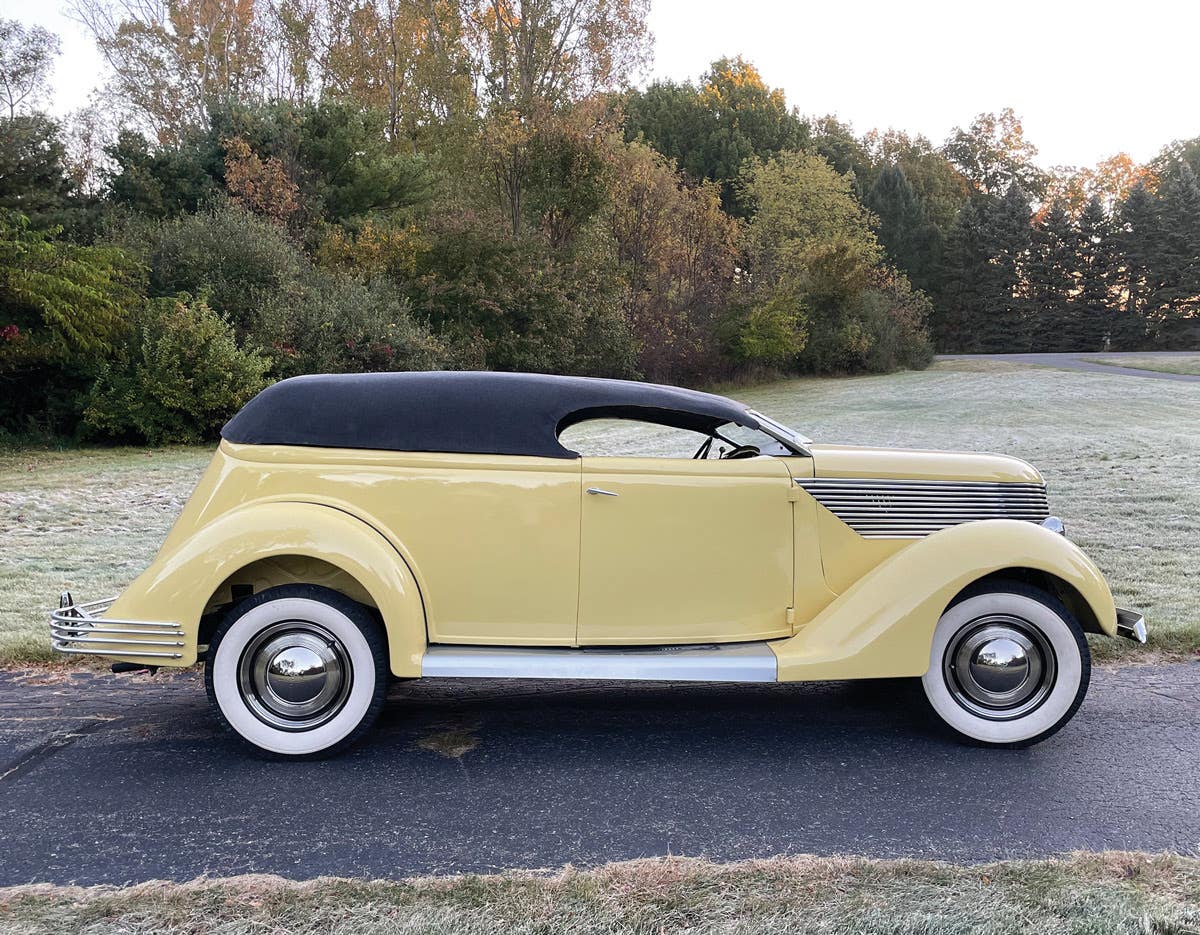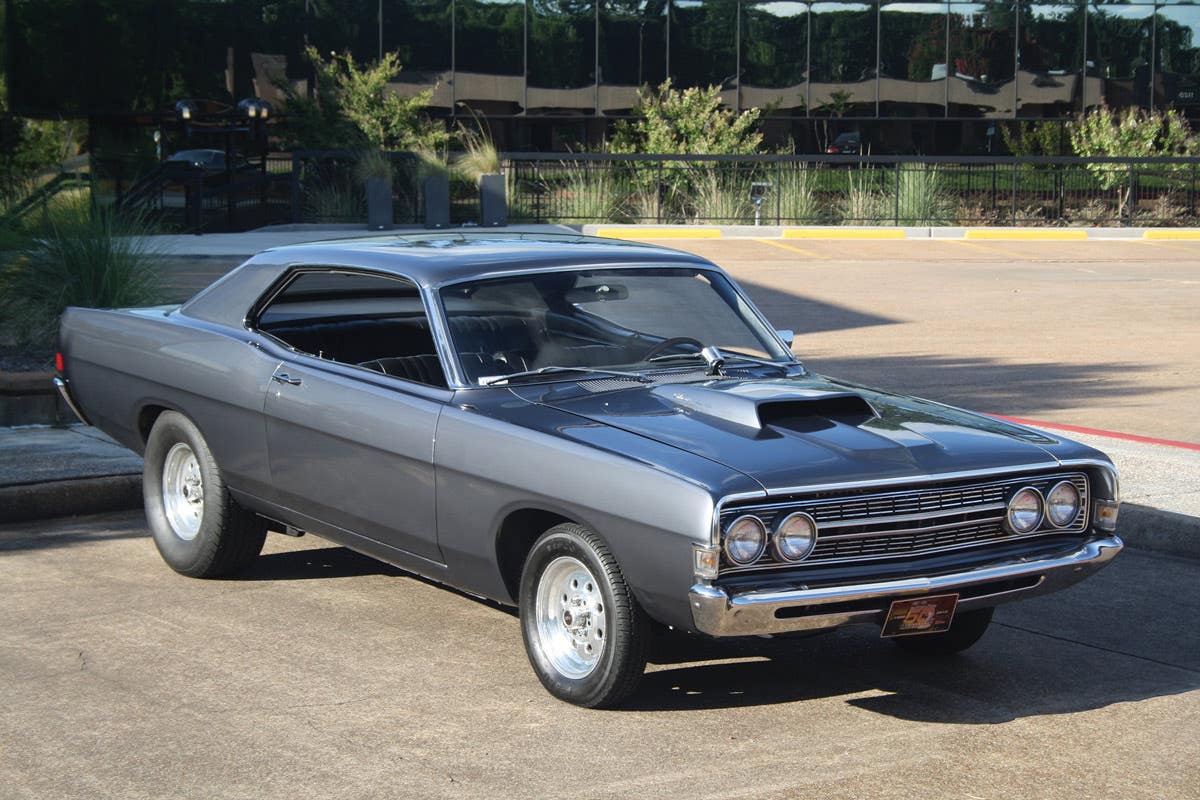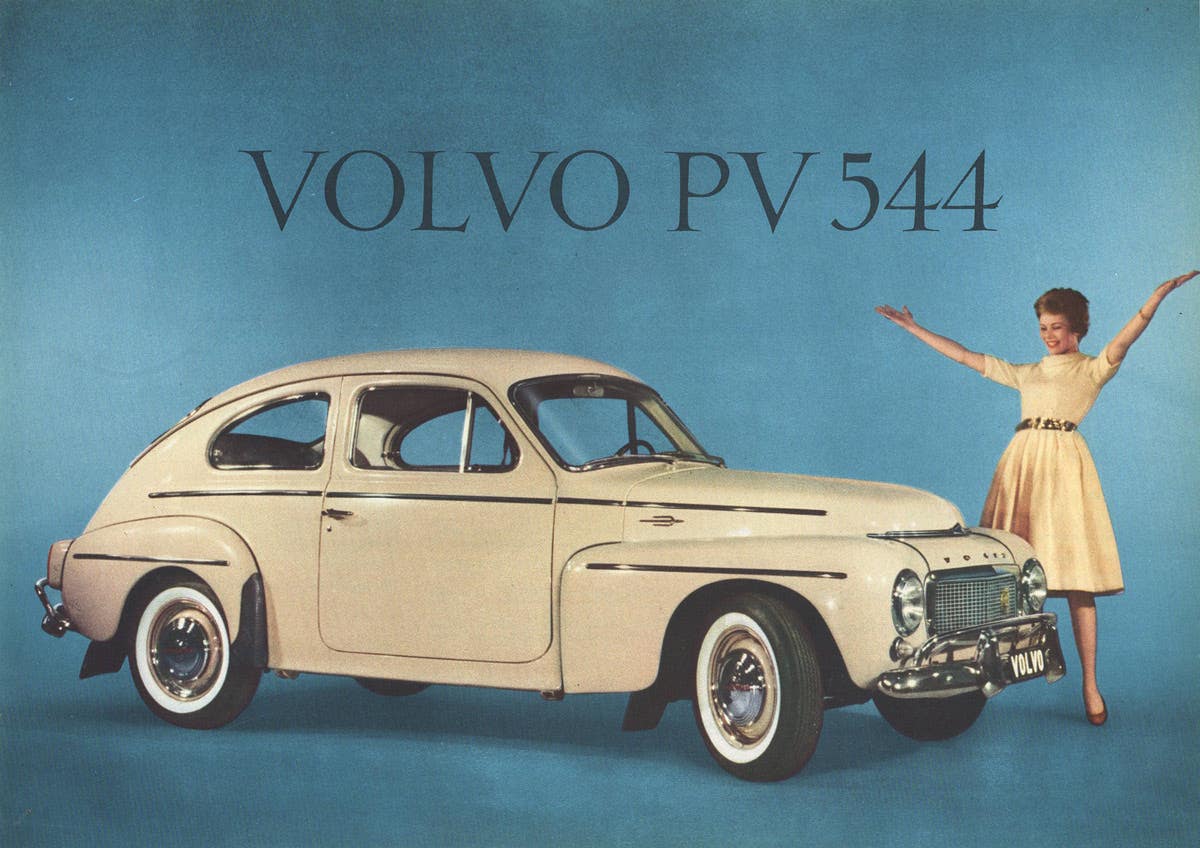Q&A with Kit Foster: April 3, 2014
Q. I recently bought a replacement locking door handle for my 1929 Plymouth. What I got is an identical NOS, solid cast metal handle with the same contours and measurements….
Q. I recently bought a replacement locking door handle for my 1929 Plymouth. What I got is an identical NOS, solid cast metal handle with the same contours and measurements. However, this one was painted with red primer and then in olive drab. From the few paint chips, there does not appear to be any nickel plating below the paint. Also, the escutcheon plate is flat, not curved to fit the molding on the Plymouth door, and the end of the square shaft is threaded to receive a screw. The Plymouth handles do not fasten that way. It was one of a pair the owner was selling, but he had bought it from someone else years ago to restore a Plymouth he no longer owned, and he had no idea why it was painted. So, I am thinking that this handle is not for a 1929 Plymouth.
So what does this handle go to and why is it Army olive drab? 1929 is more than a decade after the War to End All Wars and more than a decade before World War II, so I don’t see a car of this era in combat.
Also, I have seen many cars of the era with chrome, nickel, brass or gold metal handles, some with a metal “skin” and others solid metal like this one, but I never had seen an olive drab one before. The handle has no pits or signs of wear, so it must be NOS, and the paint is thin and evenly applied so it is probably a factory application. It came with a brass key stamped “H700” and with the letter “B” inside a diamond. Mennonites where I grew up in North Carolina drove cars with un-chromed, painted bumpers, hub caps, and door handles, but not olive drab ones. Any suggestions? I would like to get a handle on this handle.
— Ed Sapp, Owings, Md.
A. I suspect that the handle was made for a military application, hence the factory-applied olive drab paint. I think what happened is that the tooling for the original Plymouth handle was later repurposed, by changing the escutcheon plate to a flat one (many military cabs are made of flat steel) and drilling and tapping the end of the shaft. Hardware items like door handles have generally been outsourced by automakers, and even in a “vertically integrated” company like General Motors, a separate division typically manufactured these items. In the case of GM, the corporation absorbed the Ternstedt Manufacturing Company in 1926 as part of the Fisher Body acquisition, in order to make hardware and trim for all corporate vehicles. Ternstedt continued to supply parts to some non-GM customers, however.
When the need arose for door handles for some military vehicle, I surmise the manufacturer put out a request for quotes, and the company that had supplied Plymouth in the late 1920s responded with a proposal that used their existing tooling. Since they didn’t have to create new tooling, the price was lower and they got the job. I’ve looked at photos of quite a few World War II vehicles, but haven’t matched your handle yet. Does it ring a bell with anyone?
-------------------------------------------------------------
Q. Thanks for including the question about Corvair dual Rampsides in your column (Feb. 27). You’re correct about the level floor option. It could be factory or dealer installed in both Loadsides and Rampsides. The left side door option was available for Corvans and Greenbrier station wagons, and many “8-Doors” survive today.
While I’ve learned to never say never, there’s absolutely no evidence or record of a dual Rampside ever being built, planned, mocked up, studied, photographed or otherwise considered by Chevrolet. If one was ever built by Chevrolet it would require mirror-image ramp jamb sheet metal for the left side. Even as a COPO the cost of those stampings would be prohibitive. A lone and infamous photo of a dual “Rampy” has been circulated among Corvair Society of America (CORSA) members over the years. I believe the conversion was home-made or perhaps done by a dealer or body shop. No associated documentation has ever been produced for that truck. This legend surfaces from time to time. Like an AM-FM radio option for Corvairs in 1963-64, Bigfoot and Loch Nessie, all of us WANT to believe they exist.
— Dave Newell, History Editor, CORSA Communique, Hayward, Calif.
A. Thank you for clearing the matter up. I was sure someone in our readership would know.
To submit questions to this column: E-mail angelo.vanbogart@fwmedia.com or mail to: Q&A, c/o Angelo Van Bogart, 700 E. State St., Iola, WI 54990-0001.
Got Old Cars?
If you don't subscribe to Old Cars Weekly magazine, you're missing out on the only weekly magazine in the car hobby. And we'll deliver 50 issues a year right to your mailbox every week for less than the price of a oil change! Click here to see what you're missing with Old Cars Weekly!
More Resources for Car Collectors:
- Classic car price guides, research, books, back issues of Old Cars Weekly & more
- Get expert restoration advice for your classic car
- Get car pricing, data and history all in one place
- Sign up for Old Cars Weekly's FREE email newsletter
- Need to buy or sell your classic car? Looking for parts or memorabilia? Search our huge online classified marketplace



